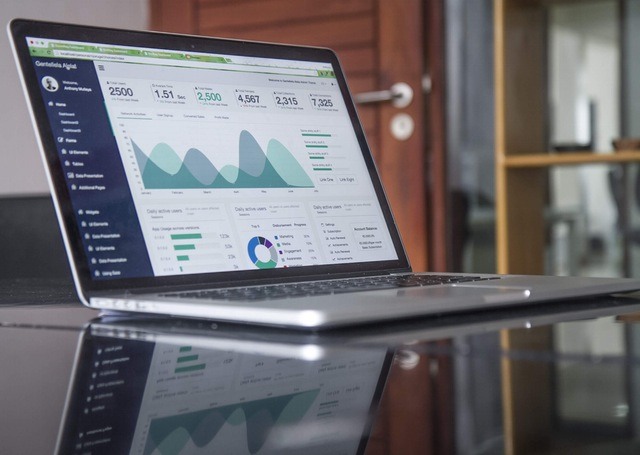 Everyone has heard the saying that ‘content is king’. Unfortunately there’s often a disconnect between creating incredible content on a blog or landing page and then converting the traffic you get from it. Webpages must be properly designed and presented in order to consistently convert online consumers. This design will depend on a thorough understanding of buyer personas, competitor websites, value propositions and website analytics. Any website redesign should rely on solid data from legitimate sources like Google Analytics.
Everyone has heard the saying that ‘content is king’. Unfortunately there’s often a disconnect between creating incredible content on a blog or landing page and then converting the traffic you get from it. Webpages must be properly designed and presented in order to consistently convert online consumers. This design will depend on a thorough understanding of buyer personas, competitor websites, value propositions and website analytics. Any website redesign should rely on solid data from legitimate sources like Google Analytics.
Succinctly Present Unique Value Propositions
According to Forbes, when online visitors arrive on the homepage or landing page, they should immediately understand the value of purchasing the products or services. For example, the Internet is swarming with similar email service providers that all offer business customers unique advantages. The best option is to present a call-to-action that is directed at a specific demographic. This means that an email service provider should state that their email service is extremely user-friendly with free email marketing and campaign templates available.
Any small business owner, who will most likely have to do everything by themselves with limited computer training, will immediately appreciate the non- technical simplicity of the offer. On the other hand, calls-to-action for connecting through social media or newsletters should justify the effort by offering exclusive benefits. It may help to use clearly written advantages in bullet points with references to proven facts or research.
Leverage Psychology Principles
Business owners should apply basic concepts of psychology to their web page’s design, formatting and presentation. For example, cognitive psychology reveals that people typically organize their knowledge and experiences in symmetrical patterns. This means that people naturally prefer clarity over complexity because complicated things may lead to potential problems.
A webpage that is crowded with walls of text will turn off online consumers. When consumers are presented with a long product return policy, they are more likely to choose a business with a simple return policy that guarantees no headaches or holdups. In addition to this, a company’s homepage may display multiple calls-to-action, such as signing up, browsing the store, reading news updates or receiving free gifts. A high number of calls-to-action will actually result in indecisiveness.
Refine Calls-to-Actions
A company that simply posts what they feel are incentivizing calls-to-action may be disappointed when online consumers fail to respond. Effective calls-to-action need a short and effective headline paired with an informative infographic to help guide visitors. For example, instead of encouraging online visitors to try a new downloadable product, the call-to-action should state a request, such as “download now,” and clarify the cost, which should be “free.” Keep in mind that some people are visual learners respond stronger to pictures and videos, while other visitors may speak another primary language.
Many websites feel that their lengthy production selection process helps consumers to find the right item, but it also wastes time for who those in a rush or know what they want. Major retailers, such as Amazon and Wal-Mart, feature search engines that result in hundreds of unrelated items. Therefore, offer alternative product selection search engines for the most popular items.
Online Consumer Research
Mapping buyer personas, who are specific groups of potential customers, will help to establish the archetypal consumer for marketing purposes. Optimizing websites based on buyer personas shifts the focus from profits and products to consumers’ needs and wants. People care about themselves and finding answers to their problems, so website designs should be optimized accordingly. Establishing buyer personas will explain decision making processes and clarity how they arrive at final conclusions. Buyer personas can be created through web analytics and interviews with customers. For example, a Lawn Doctor’s lawn care services page will need separate subpages for both residential and commercial clients.
As a final note, it’s important to understand how website visitors’ past experiences contribute to their interpretations of current interactions. To illustrate, many calls-to-action for purchasing an item display a shopping cart button or a button with says “add to cart.” Both of these must be used together because the shopping cart icon has only recently emerged, so many consumers will be used to reading text.
The post Conversion Rate Optimization: How to Actually Convert the Traffic on Your Site? appeared first on Blogtrepreneur — For Busy Entrepreneurs.
Blogtrepreneur – For Busy Entrepreneurs
Conversion Rate Optimization: How to Actually Convert the Traffic on Your Site?
No comments:
Post a Comment